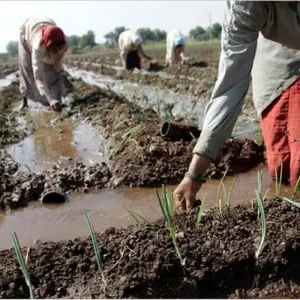If there is one sector that universally contributes the maximum to global agricultural gross domestic product (GDP), dairy sector would win hands down. Dairy, no wonder has also been impacted the maximum as a fallout of COVID-19. Having the maximum incidence of perish value, it throws up a myriad kind of challenges in the marketing value chain. Coupled with it is the fact that it is one of the most competitive and highly eschewed sector, the distortion arising out of the time to time policy changes and interventions of the government. Government also has to effect those changes as it provides maximum employment opportunities and regular source of sustenance, at least in the context of developmental countries like India.
The competitiveness in the global market for dairy industry is decided by the cost incurred in milk cultivation of milk and cost of processing of the dairy products. In the changing food scenario arising out of post-COVID 19 environment (according to a report in Economist of May 2nd issue, incidence of vegetarianism rose by more than 200% post COVID in USA), it is the right time to initiate product developments of new kinds and also necessitates changes in the dynamics of value chain of dairy industry.
Dairy sector is perhaps the only such sector whose value chain is unique in the sense that the as an input there is only one raw material at disposal and the subsequent gamut of the value chain is engaged in its preservation, value addition and distribution. Therefore, it is quite imperative to strive to improve productivity as also the quality of the raw material-milk, or there is a need for restructuring the entire value chain from producer-procurement-processing-marketing-consumer.
India’s dairy market is valued at more than US$120 billion, the major share being accounted for, by the organized sector accounting for more than $70 billion, and this chunk is more than the combined milk market that European Union and US commandeer.
With this being the scenario, there is imperative need to introduce the element of traceability in the supply chain as it enhances the trust of the end user. Kerala as a state has taken the lead in introducing Block chain technology in dairy sector, though it is dependent upon the neighboring states of Tamil Nadu and Karnataka for its milk supply, or is it that the dependency has led to adoption of technology?
Either way, adoption of technology in dairy sector is the need of the hour as the dairy sector in the country is still unorganized majorly, as a result inconsistent quality and composition of milk is the by-product. The lack of granular, actionable data is one of the biggest stumbling blocks and the emerging technology based solutions have the potential to plug this gap.
The ability of the technology to be driven through mobile phones and through apps has the potential to introduce faster decision making processes by its ability to control processes and devices remotely.
According to the Food & Agriculture COVID -19 AND DAIRY SECTOR AUTOMATION (FAO) the APAC Agriculture IoT market stood at $0.12 billion in 2018 and is anticipated to grow at a compound annual growth rate of 27.4% between 2018 to 2025 to reach $0.65 billion by 2025. This is an exciting possibility for this sector and COVID-19 has sent a god gifted opportunity for the sector to reform.










